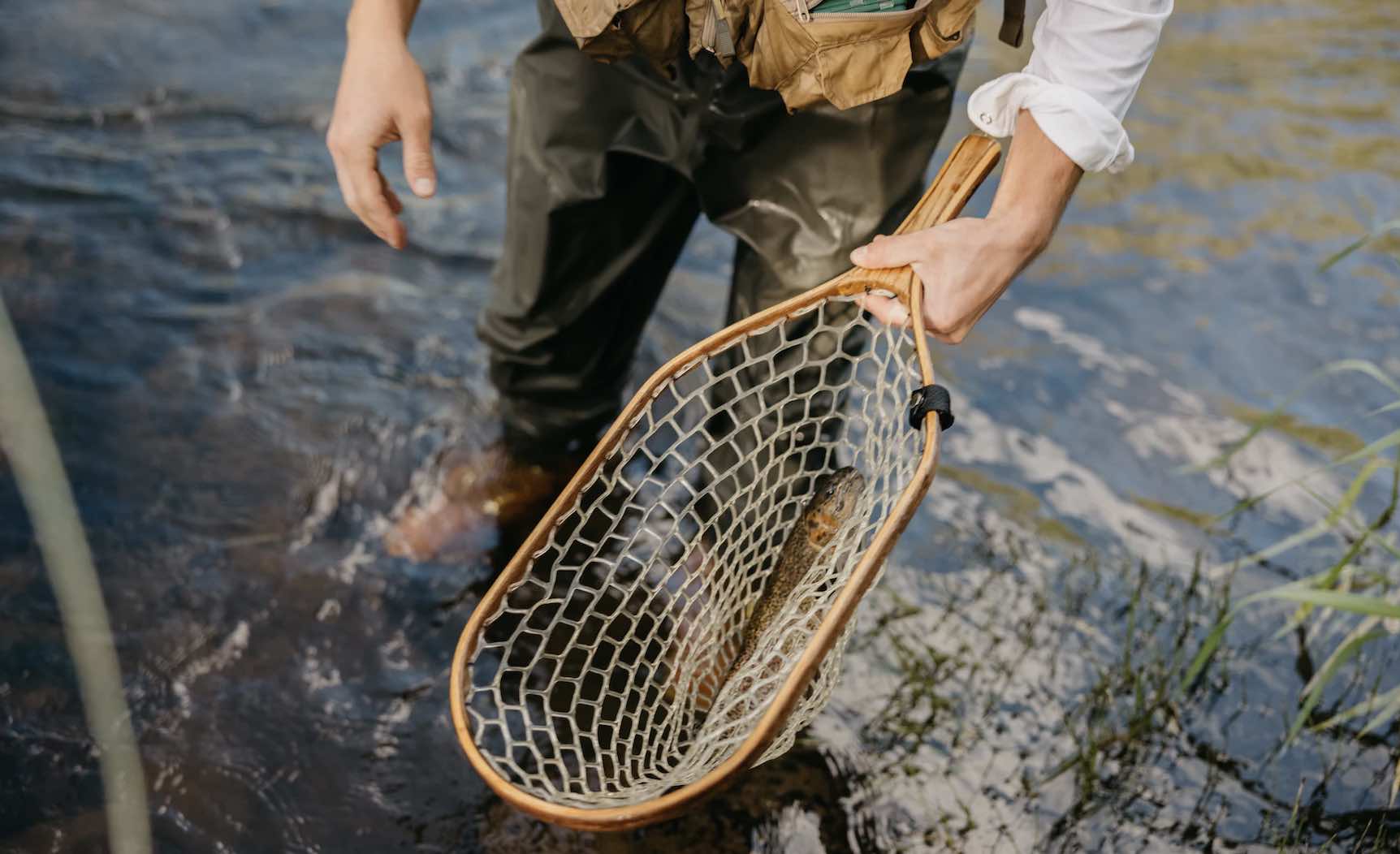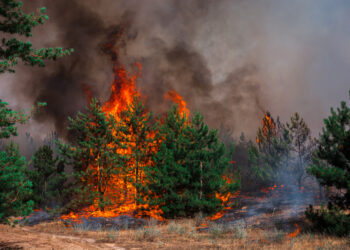Declining Trout Populations: What’s the Story?
By Jack Buban EBS CONTRIBUTOR
If you live in Big Sky, chances are you’ve tied on a fly and wet a line in the Gallatin River at some point, and you’re familiar with the allure that species like rainbow trout have on devoted anglers in the area. You may also have heard about the decline in trout populations in parts of western Montana along stretches of rivers like the Jefferson, Big Hole, Ruby and Beaverhead. Along the Big Hole River, trout populations have steadily declined, perplexing scientists from Montana Fish, Wildlife and Parks as well as local community groups such as the Big Hole River Foundation and the newly formed coalition aptly named Save Wild Trout. Unfortunately these are not isolated incidents, as scientists have noted similar declines in fish populations all over southwest Montana including in the Madison and Clark Fork rivers as well.
Along with population declines in rainbow and brown trout on the Big Hole, fish have also been netted with unusual lesions and fungi, showing impacts to trout health even when mortality isn’t at play. Unfortunately, there isn’t a smoking gun to point to as the single source of what’s causing the problem. Scientists know that factors like low streamflow, high levels of nutrients like nitrogen and phosphorus, angling pressure and warmer water from climate change all play a role, but there is no panacea that covers all of these factors.
Save Wild Trout and the Big Hole River Foundation have both taken steps to hopefully uncover some answers as to what specifically may be causing such widespread fish mortality. Through a partnership with YETI, Save Wild Trout recently began outfitting guides with coolers and aerators to serve as live wells in case of the capture of diseased fish to allow for the collection of live tissue samples. Supplemented by the Big Hole River Foundation’s water quality monitoring program, these groups are doing diligence, working collaboratively with FWP to get a grasp on what exactly is happening to a fishery that once boasted thriving trout populations.
During the first week of August, Montana Gov. Greg Gianforte participated in a roundtable in Wise River to discuss the issue of declining trout populations. He expressed similar concern over the issue, coinciding with concerns from community members, conservation groups, the agricultural community, and officials from FWP. The hope is that increased cooperation between community interests, state and federal agencies and NGOs can help accelerate the timeliness of a response to this issue, bringing a solution that will help save the fish populations in decline before it is too late.
Outside of the Jefferson River drainage, population declines have also been noted on the Clark Fork and Madison Rivers. In 2018 and 2019 FWP reported declines in both rainbow and brown trout adults along stretches of the Madison near Norris. On the other side of the Continental Divide, the Clark Fork River is seeing brown trout numbers drop drastically. With a long history of environmental damage on the Clark Fork River, brown trout are typically more suited for the warmer water temperatures in the area, but scientists from the state’s Natural Resource Damage Program have noted additional significant drops in trout populations along stretches of the Clark Fork that at one point saw large numbers of brown trout.
With rivers in three different drainages seeing drastic declines in previously healthy fish populations, the questions surrounding the cause are more troubling, and further unanswered. The common phrase, “death by one thousand cuts” most likely applies here, as fish declines like these have been observed and reported in other places around the country. These can often be attributed to a number of factors that come as a result of increased human development along river corridors, higher water temperatures spurred on by climate change, decreases in water quality and a multitude of other components all working together against the fish.
While recent data points to the Gallatin fishery being healthy, instances of trout decline in other rivers across the state should not be ignored, and could be a precedent to learning the potential threats to rivers similar in character to the Gallatin. As we see the Gallatin face many of the same stressors in terms of recurrent algae blooms, warming water temperatures, low summer streamflows, and elevated nutrient levels, it’s not unreasonable that these factors could cascade to a point where trout populations are affected.
With that in mind, it is critical that we take immediate steps to address these stressors to limit the possibility of a trout decline in our home waters that mean so much to this community —ecologically, economically and culturally. What does this look like? Actions such as limiting household water use, reducing landscape irrigation, prioritizing beneficial options for wastewater reuse, and protecting streamside and wetland areas will allow more cold water in rivers and streams later into the summer for trout to thrive.
Just because the upper Gallatin doesn’t have a history of fishery closures or Hoot Owl restrictions, doesn’t mean that they couldn’t be a part of our future. As the old adage goes, it’s much cheaper to protect a fishery than it is to restore one. And the Gallatin fishery is worth protecting.
Jack Buban is the Big Sky Watershed Corps member on staff for the summer with the Gallatin River Task Force.













